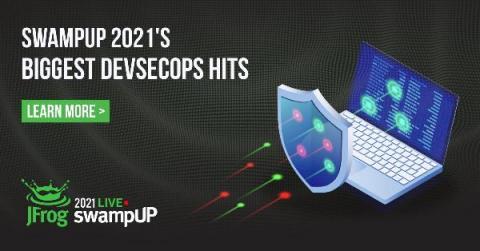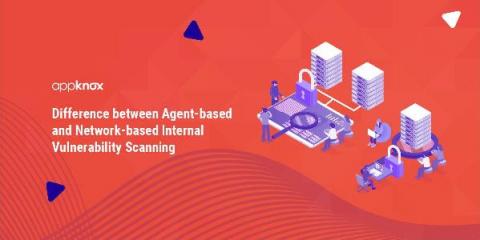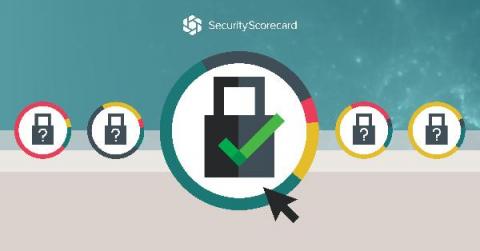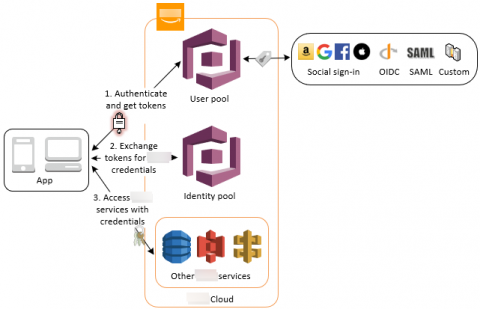Lookout and NTT DOCOMO Partner to Deliver Security from Device to Identity
Tablets and mobile devices have become an essential part of our daily lives, especially as 5G expands and remote work continues. This means these devices hold some of the most sensitive information that is tied to our digital identity. Today, I’m excited to share that we have expanded our consumer partnership with NTT DOCOMO to include identity monitoring and protection for DOCOMO’s subscribers across Android and iOS devices.











